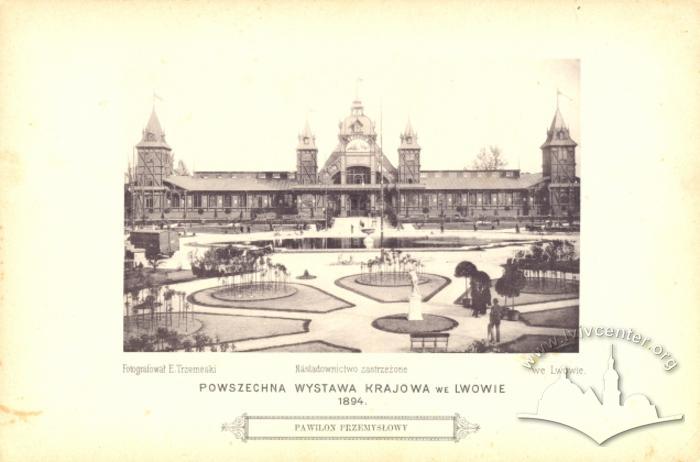Heritage
History and heritage are closely connected, since heritage often provides hints about the past and an understanding of how society has evolved. Our tangible, intangible, and natural heritage, and all the associated myths, tales, memories, and rituals, provide people with a common understanding and awareness that enables them to communicate on a deep level with each other and express themselves in a unique way to the outside world. Heritage is precarious and often contested, thus needing constant protection and development. But it delivers so much in terms of essential human experience with human-made or natural surroundings. This is the past, emplotted into discourses and narratives, which deepens peoples’ lives, and allows them to better define themselves. The Educational Platform focuses on, but is not limited to, issues of inclusive heritage, historical instances of conservation, practices and heritage communities, how important choices were made, and how the politics of heritage shaped cities in East-Central Europe.
Primary Sources



